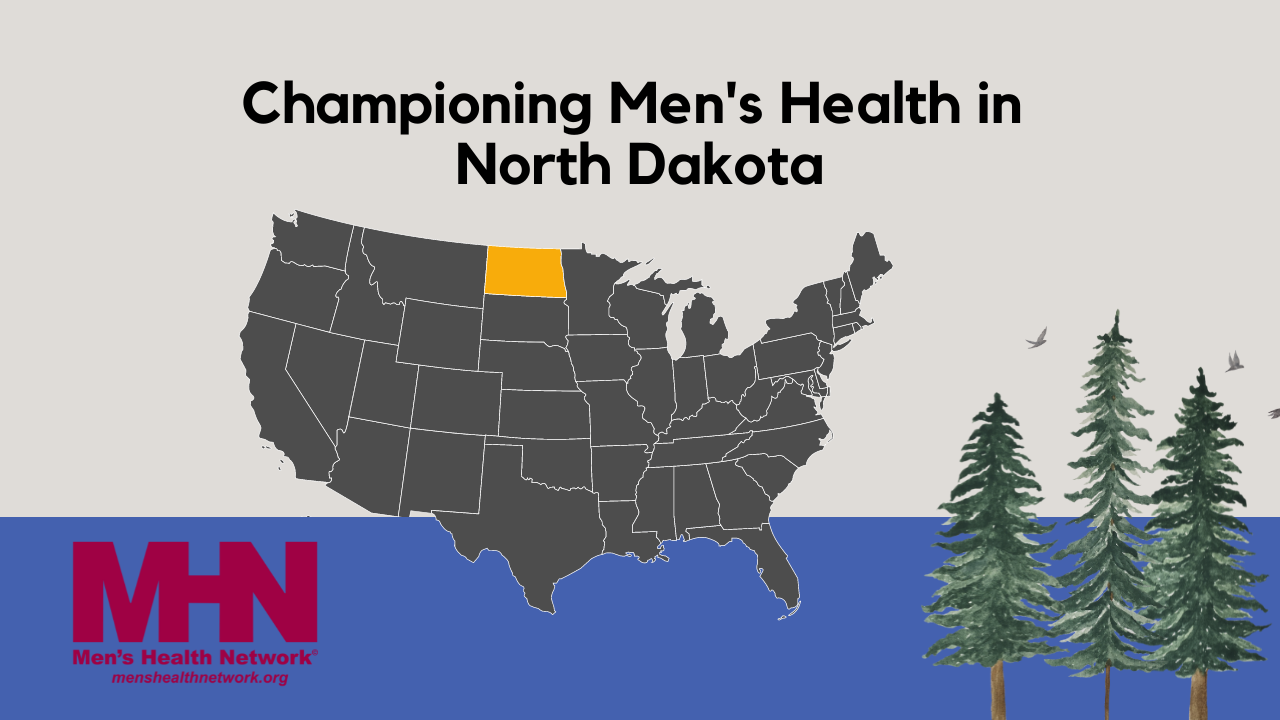The age of social media has seen the normalization of various aspects of life previously considered taboo. A primary example of this is mental health awareness. Instagram and Twitter are overflowing with examples of females (some with large followings) sharing vulnerable stories about their struggles with depression, anxiety, and more. They openly discuss their journey through therapy and medication, with comment sections full of support, touting the bravery of these individuals.
Instagram itself has an active mental health community that includes everything from personal stories to cartoons with wellness tips. One cannot help but notice a distinct feminine quality to the faces of the mental health movement. Even many cartoons are drawn in a cutesy, flowery manner to attract their target audience.
Male athletes and entertainers alike have come forward with their stories of personal strife and overcoming mental health issues. However, these men stand out as unique, and rather infrequent, examples among the sea of content specifically crafted for women.
Putting a stereotypically feminine spin on much of the mental health promotion and information for social media unabashedly ignores one sex in favor of the other. Why has the onset of mental health acceptance (seemingly organically) geared itself towards women?
While social media marketing may fall prey to gender bias, one could understandably think that physicians would have a more balanced approach. Unfortunately, mental health experts say otherwise. Public health reports clearly document the prevalence of suicidality and mental illness in men. Yet, mental health services often fail to appropriately target and provide treatment for each sex. This may leave men wondering: is mental health primarily a woman’s issue?
Top Five Issues for Men’s Mental Health
1. A disconnect between healthcare and men
Research suggests that men are less likely than their female counterparts to seek treatment for physical and mental health issues. Even in cases where disease symptoms are similar between the sexes, like diabetes, females are diagnosed within a year of symptom onset while males wait roughly 15 years on average. Men are more likely than women to suffer a traumatic brain injury and have a higher risk of reinjury due to their failure to comply with suggested treatments.
The disconnect between men and the healthcare system is even larger when it comes to mental health. Males are less likely to recognize and report signs of mental illness to their doctors. Half of men who commit suicide have no known mental health issues, likely due in part to lack of reporting by male patients.
The lack of communication between physicians and male patients greatly hinders any treatment efforts that could pre-empt tragic outcomes. Researchers are unsure of the true incidence of mental illness in males, in part because too many clinicians lack a basic understanding of sex differences in symptom presentation. These gaps in a knowledge set a dangerous precedent for patient outcomes in an overtly at-risk population.
2. Gender expectations drive stigma against male self-care
Societal definitions and expectations of masculinity leave little room for male self-expression and vulnerability. Often, any male who fails to don a stone-like exterior may face judgment from his peers for being “weak” or “wimpy,” and endure social othering as a result. These expectations teach males to express emotions in a manner deemed “appropriate” by their peers. That generally means that acknowledging any physical or mental pain—not to mention asking for help—is taboo. The only “safe” emotion for males to express is anger. Adults may even rely on this narrow scope to compartmentalize behavioral issues in younger boys, treating the behavior as a character flaw that requires punishment. The reaction to emotional distress in boys teaches them to suffer in silence rather than risk potential backlash and ridicule if they seek help.
The image of the silent, strong archetypal male starts in childhood. Parents, whether subconsciously or intentionally, act differently towards their children based on their sex. Studies show that parents speak more often to infant girls, use more emotionally descriptive language, and provide more physical and emotional comfort (i.e., cuddling and response time to crying) for infant girls than boys. In essence, males are not taught the necessary vocabulary for healthy self-expression and are not acclimated to displays of affection and emotional support.
3. Men are over three times more likely to commit suicide than women
Two commonly reported statistics for mental health stand in direct opposition to one another.
- Women are twice as likely to receive a clinical diagnosis of depression than men.
- Men are over three times more likely to commit suicide than women.
Mental health issues are significantly underreported in men, making it difficult to determine the true prevalence of mental illnesses, like depression, in each sex. Suicide is one tragic outcome of depression, the rate of which would indicate that males may suffer from mental illness far more often than previously thought.
Several lifestyles and behavioral health factors influence the likelihood of suicidality, including occupation. Men working construction and extraction jobs have the highest suicide rates among their sex. Financial, professional, and interpersonal stressors unique to these positions may potentiate mental health symptoms in men, increasing the risk of suicide.
Sex differences in expression of mental illness also increase the risk of suicide. Men are more likely to isolate themselves when they are suffering, which can delay behavioral health interventions and allow destructive behaviors, like substance abuse, to continue unchecked for a longer period of time. Isolation naturally cuts off one of the most important assets in emotional well-being— support systems. Interpersonal relationships are the first line of support, without which boys and men are left to seek outside help on their own (something they’re unlikely to do). Even then, they are faced with a behavioral health system that is not prepared to treat their unique symptoms.
4. Subpar clinical screening strategies for men
In America, only half of the patients diagnosed with a mental illness will seek treatment. The National Institute of Mental Health reports that in 2019, more females (70.5%) with a serious mental illness received treatment than males (56.5%). Stigma and cultural gender norms exist as major roadblocks on the road to treatment— but what happens when boys and men overcome these barriers and seek help?
The answer, in part, lies in the communication void between men and the healthcare industry. Gender expectations placed on boys from a young age encourage them to avoid medical treatment and instead, stoically endure their symptoms to appear strong. As a consequence, men are less likely to seek out help and adhere to treatment protocols—making them a less ideal target for research study and pharmaceutical marketing. Mental health screening tools are largely geared towards more stereotypically feminine expressions of mental illness, like crying or feeling sad. They also omit stereotypically male expressions, including substance abuse, anger, and social isolation. Furthermore, pharmaceutical companies frequently develop and market drugs with a specific consumer in mind, one who will utilize their products often and/or for a longer period of time. Underreporting of mental illness in males and lack of adherence to treatment protocols shifts marketing towards female consumers.
These societal and institutional factors lead to detrimental outcomes for men and boys. Lack of direct marketing for men’s mental health serves only to reduce already low engagement levels in health-related programs and treatment. Inaction on men’s health—which is in stark contrast to the open dialogue and popularized content on women’s health and emotional well-being—perpetuates the widespread misconception that mental health is a purely female issue.
5. Male Millennials suffer the outcome of decades-long neglect by the mental health community
Studies show that Millennials are more likely than older generations to report having minimal or no social connections. Depression, substance abuse, and alcohol use disorder rank as the top Millennial health conditions, with further analysis, again indicating a higher incidence of these conditions in men.
These findings speak to a generation of men struggling under the weight of mental illness with little emotional support to cope. Mental health awareness is arguably more accepted now than in previous generations, yet the status quo for men’s health remains. Mental health for men gains attention mostly in particular circumstances, such as a soldier with post-traumatic stress disorder or a male athlete with performance anxiety. Meanwhile, attempts to normalize everyday self-care, emotional well-being, and the use of behavioral health services by men remain essentially non-existent.
The mental health awareness movement needs to unconditionally accept all sexes—not just the marketed-to majority.
Photo by Damir Bosnjak on Unsplash




